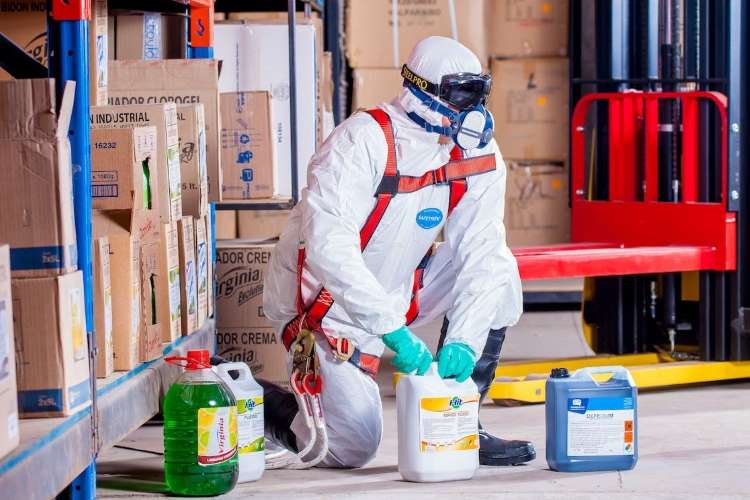
The government is weighing the option of extending the Production-Linked Incentive (PLI) scheme to the chemicals and petrochemicals industry as it looks to make India a global manufacturing hub. Speaking at an industry event last week, finance minister Nirmala Sitharaman said the sector is crucial to the Indian economy, considering its size and potential. The government has urged the chemicals sector to adopt industry 4.0 enthusiastically to reach the high growth orbit.
The government had floated the idea of extending the PLI scheme to the chemicals and petrochemicals industry back in February 2022. Union chemicals and fertilisers minister Mansukh Mandaviya had said that the ministry was planning to bring a PLI scheme for the chemicals sector. Not only was it aimed at boosting domestic production and exports, but was also a part of India’s larger goal of becoming self-reliant in the sector.
SURVEY: Should India offer PLI scheme in chemicals and petrochem industry?
Another key area of concern for the government is controlling pollution. In view of the stringent pollution control regulations and rising labour costs, global manufacturers in the chemicals industry are looking to diversify their products and production capabilities. For India, it is an opportunity worth leveraging as the country stands out as an alternative destination for manufacturing. The government is facilitating policies to attract global manufacturers so that India can become a lucrative option. This can be achieved by creating a domestic buffer and enhancing export potential.
The government had launched the Production-Linked Incentive scheme in April 2020 to assist manufacturing in a few chosen industries. Under the scheme, the government provides businesses with incentives based on additional sales of goods produced domestically. It aims at strengthening domestic industrial capacity. The umbrella scheme had an outlay of $26 billion and the benefits have already expanded to 14 sectors. Among the important industries that have received benefits under the PLI plan are telecommunications, electronics, white goods, textiles, and pharmaceuticals.
The government had earlier announced the re-bidding of PLIs for 20-gigawatt hour (GWh) of advanced chemistry cell manufacturing under the Rs 18,100 crore programme to boost local battery cell production. The PLI scheme ‘National Programme on ACC Battery Storage’ was aimed at achieving a manufacturing capacity of 50 GWh of ACC. At the time of the scheme’s launch, it was expected that the import of crude oil will be significantly reduced while increasing the share of renewables at the national grid level.
READ | Govt raises rice supply for ethanol production amid protests by states
PLI for chemicals and petrochemical industry
The market size of the Indian chemicals and petrochemicals industry is currently $190 billion. Providing a fillip to the sector also aligns with the government’s initiatives of Make in India and Make for the World. India is the sixth largest chemicals producer in the world and the fourth largest in Asia. As the country exports chemicals to more than 175 countries, it also accounts for 13% of India’s total exports.
In 2022–2023, India’s combined exports of chemicals and petrochemicals were valued at roughly $9 billion. However, the imports of similar products were valued at $13.33 billion. This translates into a trade deficit of more than $4 billion.
In her address to the industry event last week, Sitharaman said the sector has an impact on other areas such as agriculture, textiles, and infrastructure. The government has not regulated this industry except for hazardous chemicals.
The petrochemicals sector in India is witnessing a boom owing to an increasing demand for petrochemical products from a growing population and a rapidly expanding economy. The country is expected to contribute almost 10% to the incremental growth in the global petrochemical demand in the coming years.
The petrochemical industry also assumes importance as the country eyes becoming energy independent by 2047 and achieving net zero by 2070. However, all industry and sectors are required to contribute towards it unless the same only remains a pipedream, FM Sitharaman said.
The government expects both of these industries to keep India’s green initiatives and commitments in sight and contribute to the same. At a time when global firms are looking to tie up with Indian companies, the industry must not forget sustainability and India’s national commitment towards the environment. In fact, by adhering to the goals of sustainability, recycling, skilling and technology adoption, Indian manufacturers will be better able to attract global investors which will proactively look at parking their money or forging joint ventures with Indian partners in the chemicals and petrochemicals industry.
